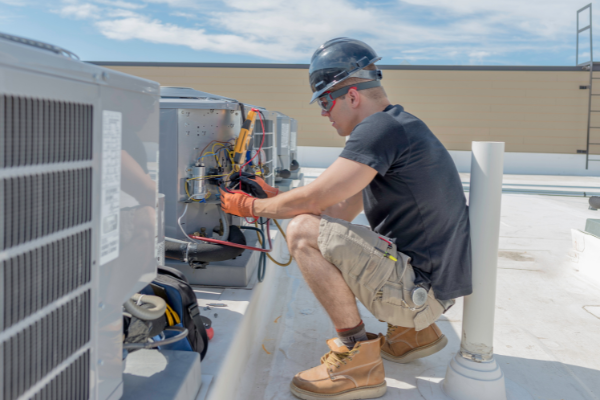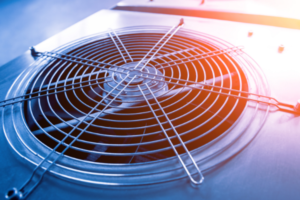Six Factors That Affect HVAC Installation Costs
Is HVAC installation on your to-do list? Later or sooner, your central heating or air system requires a replacement due to aging. Due to this, the demand for HVAC service and equipment providers will arise.
A properly working HVAC system is essential as the temperature increases and consumers search for more ways to keep themselves comfortable indoors.
But how can you become a savvy cost saver and avoid going for new system installation?
Below are the six factors you should keep in mind that can affect the HVAC installation cost.
1. Type of air conditioning system
The market is full of a wide range of air conditioning systems. They come in various shapes and sizes and offer different energy efficiency ratings and cooling capabilities options.
It is also true that the type of air conditioning system selected will also affect the cost of installation as it includes the cost of system components, cost of professional installation, and cost of the system.
The most common systems include central air conditioning, heat pumps, ductless air conditioning units, and duct split systems. Various HVAC installation companies in the market offer installation services to suit the need of everyone.
Some installation companies also offer wonderful discounts on installation services. You can also contact them to select the perfect air conditioning system for your place.
2. Cooling capacity and equipment size
When selecting the size of your cooling system, remember that bigger is not always better. The essential consideration for choosing a new HVAC system goes beyond its physical size, and the size of the air conditioning unit refers mainly to the cooling capacity.
Also, the bigger the system, the higher the equipment cost due to inadequate cooling capabilities for the projected interior space. The undersized system with too small air-cooling capability may constantly run, resulting in increased monthly utility costs and ineffective cooling.
On the other hand, an oversized HVAC system with a large cooling capacity will cool the interiors very quickly. It will result in the need to remove the required indoor humidity and will cause irregular wear and tear of the system. This can further result in the breakdown of the system.
If you hire an HVAC installation professional, they will ask you numerous questions to ensure your unit is properly sized and then only start with the installation procedure.
3. Seasonal Energy Efficiency Ratio (SEER) Rating
The essential factor in differentiating an HVAC system is the SEER rating. The AC system used the SEER rating to define the efficiency of the AC. This rating considers the total electrical energy input during a season and the cooling output of a unit. So, the higher the rating, the more energy-efficient the AC system.
Similarly, the greater the estimated energy efficiency of a unit, the greater the cost of the unit. Remember that the system that offers operation efficiency and high energy saving is generally less expensive. And the additional cost of the equipment is paid via the lower monthly electricity bills.
4. Additional installation
Along with the cost of the unit, the cost of AC installation and other considerations which affects the costs include add-ons to the system. Owners of the home who want to leverage the possible benefits of the indoor cooling system may choose to have UV air purifiers and a humidification/dehumidification system along with their air conditioner.
The inclusion of these systems will surely improve the indoor air quality, but they will also add some additional cost to HVAC installation. The extra cost will include the cost of the system, additional parts needed to connect the cooling unit, additional system, cost of installation, and other items required to install various HVAC components.
5. Vents, Ducts & Returns
Extra cost consideration regarding the condition of the existing duct in a living space. If the place needs a new ductwork installation, the cost of the latest HVAC installation will surely increase.
Also, the cost of ductwork installation will vary as per the size of the space, the amount of work required for proper cooling, and the complexity of ductwork as defined by the home’s interiors.
To avoid any installation complications, the installation technicians will ensure everything is accurate.
6. Controls and zones
Controls and zones will also affect the HVAC installation cost because the interior structure, which needs the multiple–zone AC, typically comprises spaces that need a different type of conditioning within various rooms.
For larger homes, variable cooling is beneficial and requires greater cooling power in rooms and garages also.
Technical innovations in the HVAC system like wireless thermostats offer the customer an added control over the cooling system.
With the help of a wireless thermostat, consumers can access the thermostat remotely. But the higher the need for cooling controls and the number of zones, the higher the cost of HVAC will be.
Wrap Up
HVAC installation can be pocket-friendly if you keep the above factors in mind; however, if you want convenience at your home, it is worth spending a few extra bucks at the time of installation.


